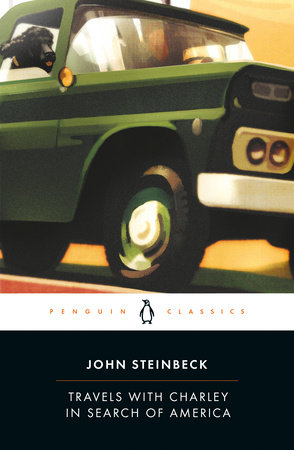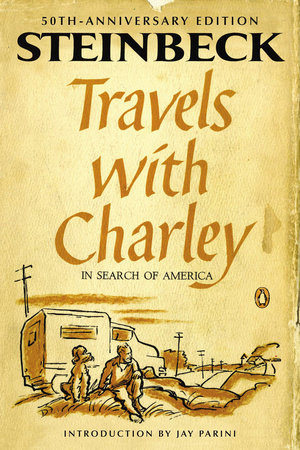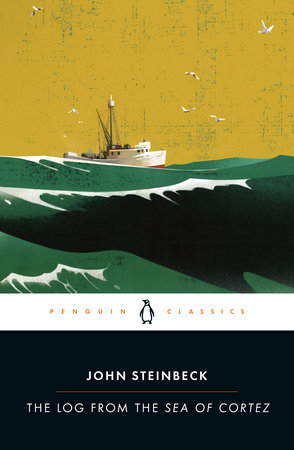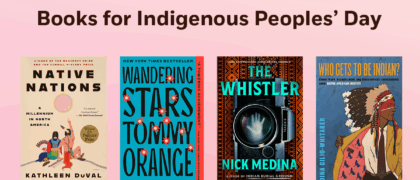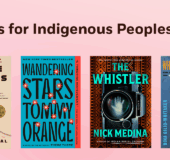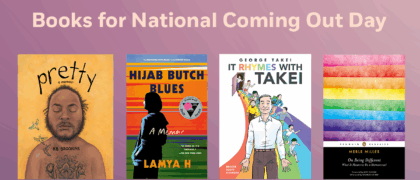From the Introduction:
John Steinbeck wasn’t necessarily talking about being an adolescent when he wrote his acceptance speech for the Nobel Prize for Literature, which he received in 1962, but some things in that speech still resonate with my students. “Humanity has been passing through a gray and desolate time of confusion,” he said, alluding to the existential anxieties of the twentieth century—all those wars, hot and Cold, and the social and economic tribulations that simmered in between them. All this began long before my students were born, but they too have known times of desolation and confusion. What they long for, more than confirmation of their bleakest fears, is evidence of humanity’s “proven capacity for greatness of heart and spirit,” which Steinbeck also said it is the writer’s duty “to declare and to celebrate.” If literature is to be of any use to our students, they must find in it not only a true reflection of the problems with which we live, but also sources of joy and reasons for hope. They spend so much of their energy seeking to understand their place in the broader social order, trying to grasp the nature of all the interconnections between the different spheres of their knowledge and experience, and yearning to find some worthwhile application for all their emergent wisdom. In Steinbeck’s work, they won’t find all the answers, but they’ll find a curious and searching sensibility that resonates with these impulses. This is one reason why his books still have the potential to connect with young readers more than fifty years after his death.
View and download the guide here.
Laura Sewell Matter loves teaching high school as a member of the English faculty at Albuquerque Academy. She is also an award-winning essayist whose work has appeared in Best Creative Nonfiction (Norton, 2008), The Georgia Review, Brevity, and elsewhere.


